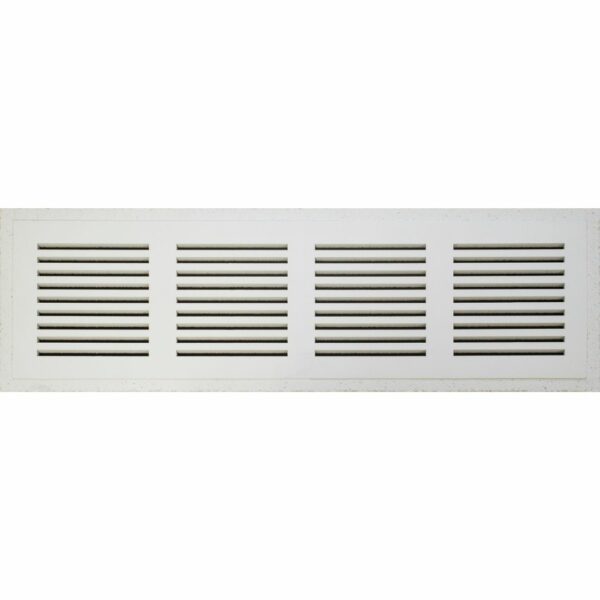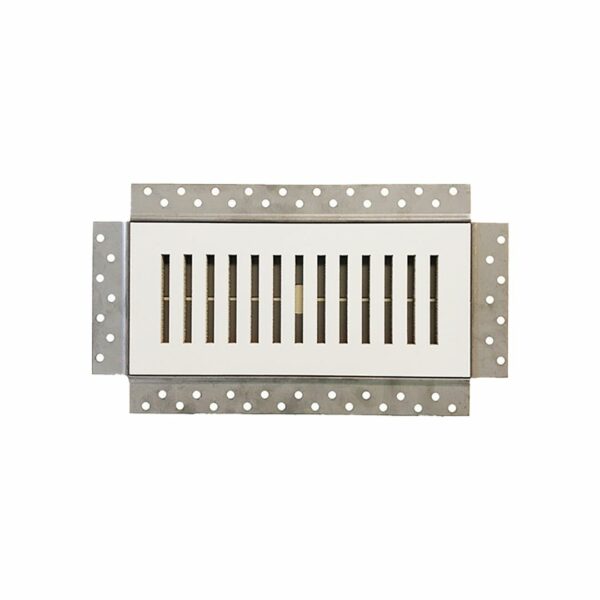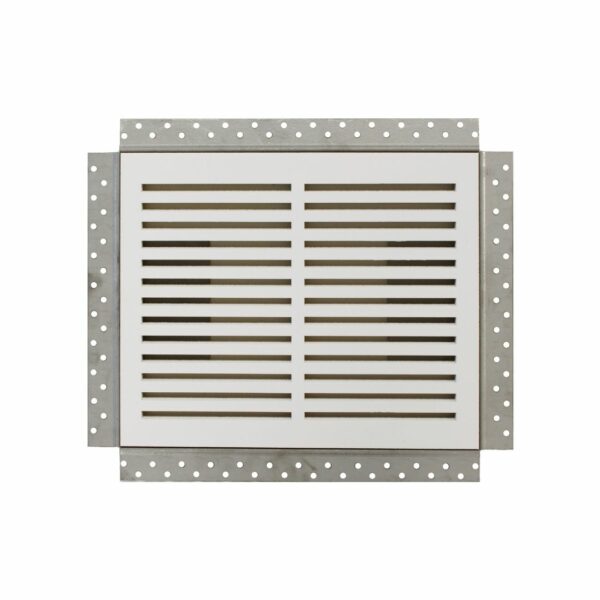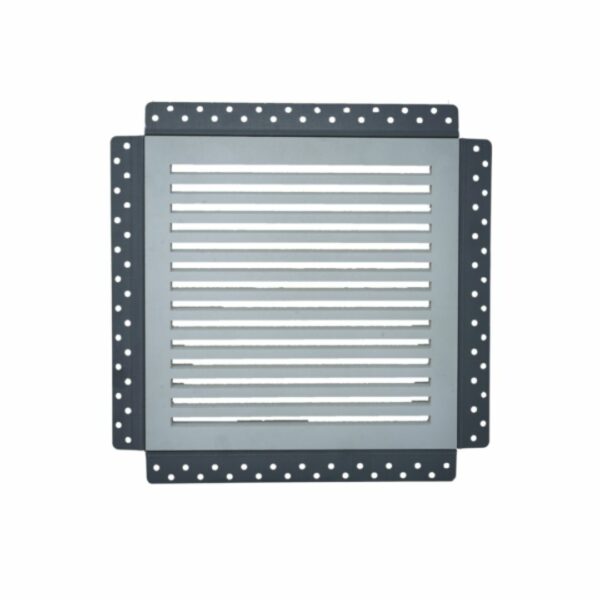Each vent, whether it is floor vent, ceiling vent, or wall vent, has its strengths and weaknesses. They are suited to different situations. Although it may seem minor, the location of your cooling and heating system’s air registers can significantly impact your comfort.
Many factors influence the ideal register placement in each room, including cost, energy efficiency, appearance, and comfort.
Use coupon code VENTS10 to save 10% off your order. Limit is 1 per customer.
Floor registers are ideal for efficient heating
Floor registers are the best option if you live in a climate that requires heating more than cooling. Warm air naturally rises. Warm air rises from the floor and heats the room. However, if you place your registers on top of the ceiling, most of your warm air will find its way to the upper portion of the room, where it will only do a little good.
Floor registers allow the warm air from the registers to mix with the cool air coming into the room from the windows. The most common placement for floor registers is often placed under windows. Another common place is near an interior wall. Depending on your air handler’s location, you might need to install a duct chase underneath the floor. The area will increase the complexity and cost of the installation.
Floor registers in small rooms can make it difficult for you to place the furniture you need in the arrangement that you prefer, especially if you are near the corner. Not only does it limit the airflow, but it can also cause a pressure imbalance in your cooling and heating system.
A minor drawback to floor registers is the tendency to collect debris and dust. If you have children, it is essential to remember that air registers are more susceptible to being blocked by a dropped object or toy.
Ceiling Vents: A Good Choice for Cooling
Ceiling registers are preferred in warm climates where cooling is needed most of the year. Cool air rises, and cool air falls. Therefore, the cool air from your ceiling registers will flow through your entire living space instead of pooling on the floor.
Ceiling registers are commonly found in a location that is near a window. The register should be directed to blow air toward the window. A ceiling register placed close to an interior wall is a less common option. It should blow toward the wall facing the door or towards the largest window in the room. This placement is less expensive than one over the window and requires less ducting.
Another option is to place a four-way register in the middle of your room. You can move the register a little towards an exterior wall if the ceiling’s center is already occupied with a light.
Ceiling registers allow for more space in your ceiling and give you more options for arranging your furniture. Ceiling registers are less susceptible to debris buildup than floor registers. To maintain indoor air quality and keep your ceilings functioning efficiently, you will need to clean them once a year.

Wall Registers: Great for Air Circulation
In cold climates, wall registers should be placed low on interior walls. Meanwhile, in warm temperatures, you should install registers near the top of interior walls. High-wall air registers do not blow air directly on you, unlike ceiling registers. Instead, they let the airflow across the room and mix with the existing air. This air draws the room air towards it, improving air circulation.
Wall registers offer more floor space than ceiling registers. However, wall registers are more visible and may look out of place with other decor or wall art.
The registers can be difficult to install, and connecting the ducts is a challenging task even for professionals. Wall registers are not an option when you upgrade an existing cooling and heating system. Most homes will require you to choose between either ceiling or floor registers.
You can read our blog post if you want to learn more about calculating cubic feet per minute to get the best air flow.
Use coupon code VENTS10 to save 10% off your order. Limit is 1 per customer.
-
Envisivent 30″ x 8″ Permanent Mud-In Flush Mounted Wall Air Return
Rated 0 out of 5Air Returns CAD $89.95 -
Envisivent Removable Flush Mount Ceiling/Wall Air Supply, 4” x 10” (Duct Opening)
Rated 0 out of 5Air Returns CAD $70.95 -
Envisivent Removable Flush Mount Ceiling/Wall Air Supply, 14” x 8” (Duct Opening)
Rated 5.00 out of 5Air Returns CAD $94.95 -
Envisivent Magnetic Mud-In Flush Mounted Bathroom Exhaust Fan Cover
Rated 5.00 out of 5Exhaust Fan Covers CAD $81.95 – CAD $129.55
Frequently Asked Questions About Air Vents
Are vents in the ceiling better?
Vents in the ceiling can be the better option if you live in a place that is concerned about cooling a room. This is because the cool air will get pushed down onto you and it takes less time to cool a room that may otherwise be uncomfortably hot.
What is the disadvantage in having ducts in the ceiling?
One of the disadvantages to having ducts in your ceiling is that the ducts may be in the way of insulation leading to a less insulated home. This isn’t an issue in warmer climates but in parts of the world where winter is cold this is a concern.
Is it better to have floor vents or ceiling vents?
As mentioned earlier, this answer is dependent upon what you want to use the vent for. Floor vent covers are better for heating a room as the warm air rises to the top of the room since hot air is less dense than cool air. Ceiling vents are preferred for cooling a room instead.
Is it necessary to have air vents in walls?
It is not 100% necessary to have air vents in walls. However, having air vents in walls improves overall air circulation. This makes them ideal for larger rooms.
Why is it not a good idea to put heating vents on the ceiling?
The reason why you do not want heat vents on the ceiling is because hot air is lighter than room temperature or cold air so the hot air will not circulate in a room properly if it is getting pumped in from the top of the room.
Where is the best place to put heat vents in a house?
The best place to put heat vents in a house is on the floor. This way when hot air gets blown into a room it will circulate from the floor to the ceiling filling the room with warm air.


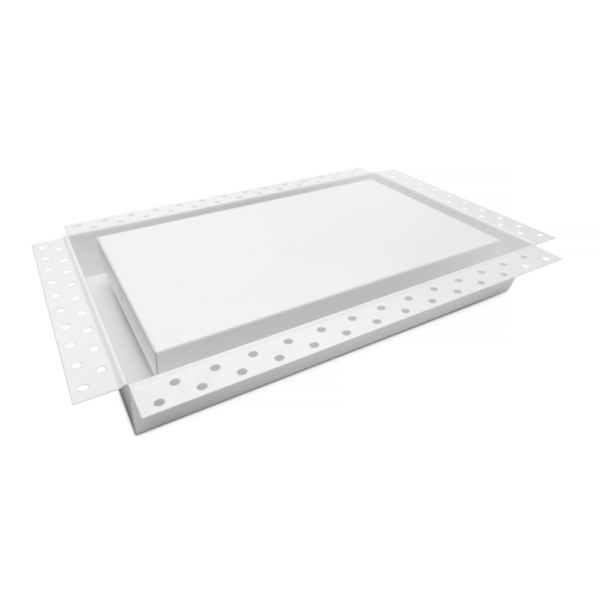
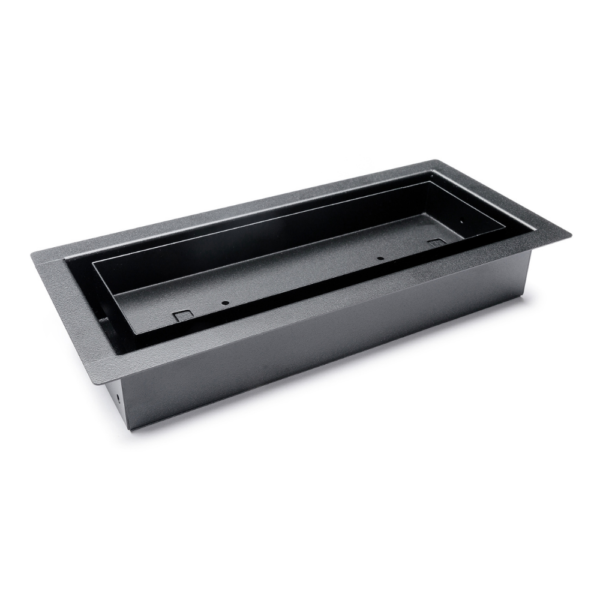
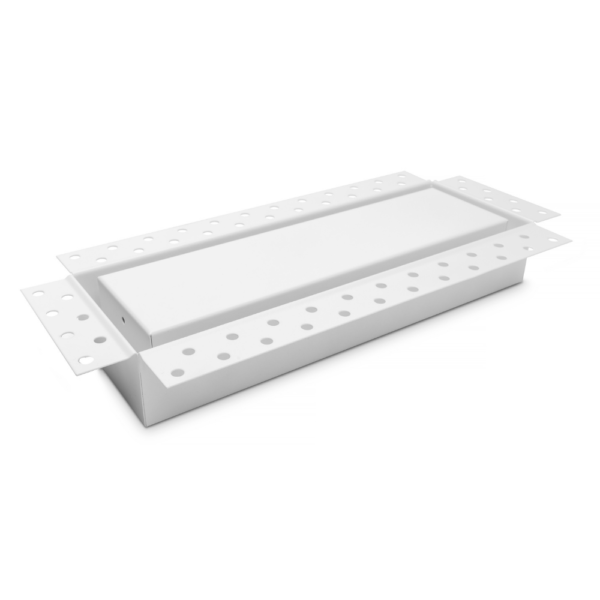
![Aria Framed Floor Vent [Lite]](https://masterbuildingmaterials.com/wp-content/uploads/2022/07/AVLITE-1.jpg)
